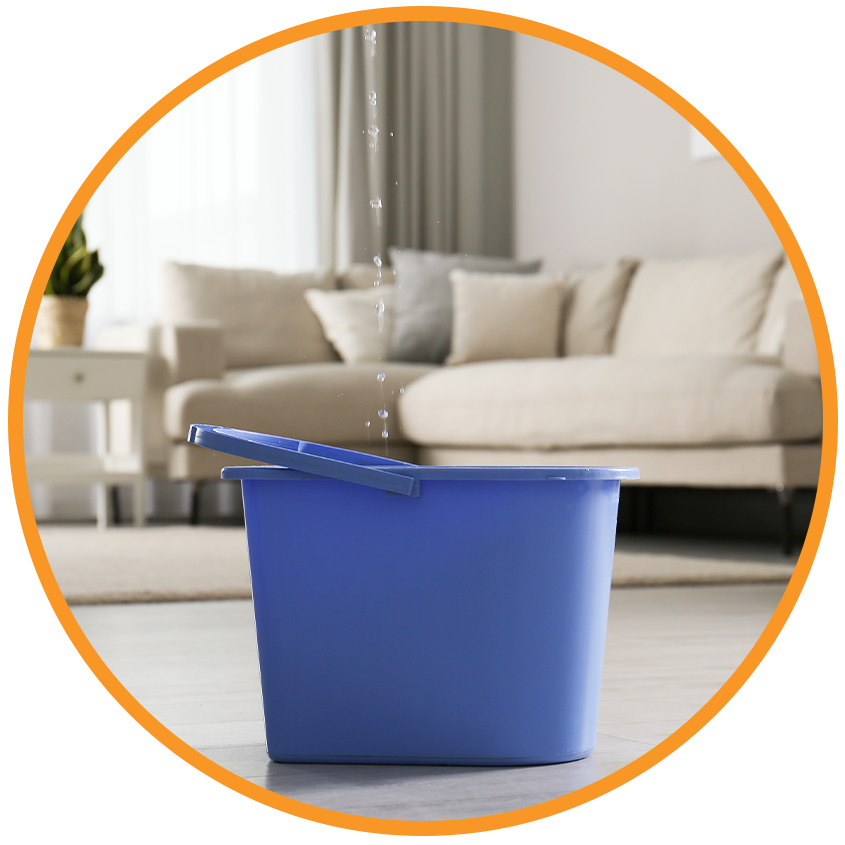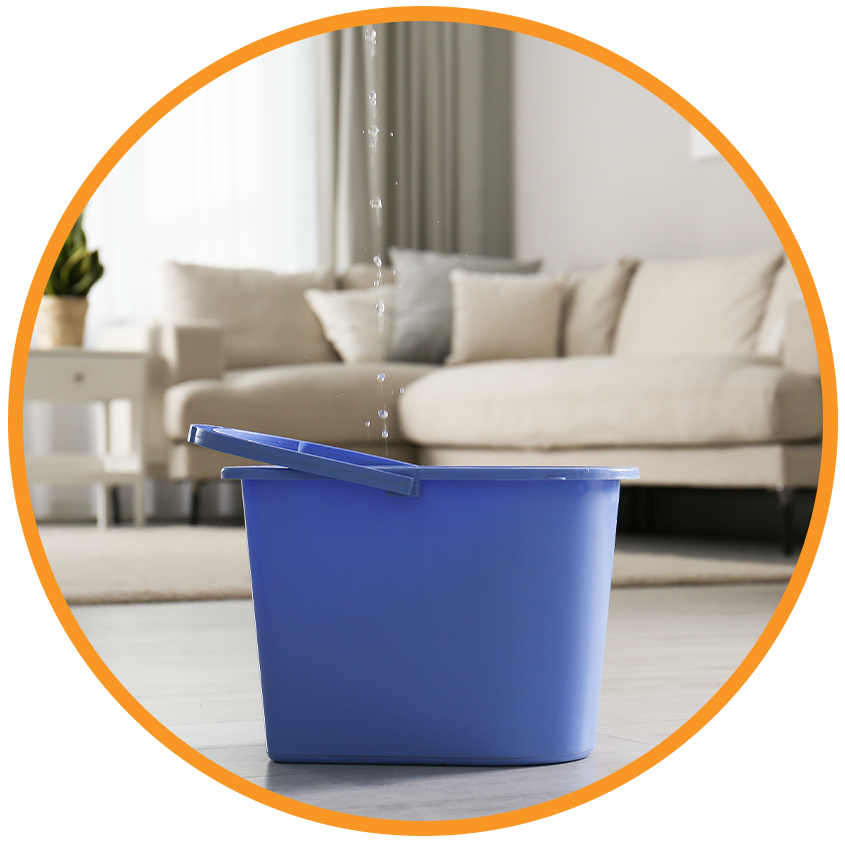
Why Timely Action Matters in Fire and Water Damage Restoration
When disaster strikes in the form of a fire or flooding, the clock starts ticking. Every moment of delay increases the damage to your property, complicating the process of recovery. Understanding how critical quick action is can help you navigate the distressing aftermath of such incidents. This comprehensive guide will outline key strategies for effective fire and water damage restoration while ensuring you are prepared for the unexpected. In case of a fire alarm, remember to evacuate immediately and follow your planned escape route cleanup process.
The Hidden Dangers of Waiting
Deferring action after experiencing fire and water damage can lead to severe consequences.
Why Immediate Response is Crucial
Time is an enemy in the battle against damage. The longer you wait, the more your property suffers. Here are some critical reasons why prompt action is essential:
- Mold Growth: Mold can start to develop within 24 to 48 hours after water exposure, leading to health issues.
- Structural Damage: Prolonged exposure to moisture can weaken wooden structures and promote corrosion.
- Persistent Odors: Smoke from fires can infiltrate walls and furniture, creating lasting unpleasant smells if not addressed quickly.
Steps to Take Immediately
Once you’ve assessed the situation, it’s time to take action. Here are steps to consider in the aftermath of fire and water damage:
Evaluate Your Environment
Your safety should be your top priority. If necessary, evacuate everyone in the affected area. When the scene is safe:
- Turn Off Utilities: If you can do so safely, turn off the water and electricity to prevent additional damage. Regular maintenance checks can help identify potential issues before they escalate into major problems fire safety.
- Document the Damage: Take photographs of any visible damage for insurance claims. This includes:
- Structural damage
- Furniture and personal belongings
- Appliances
Engage Restoration Professionals
Contacting experts in fire and water damage restoration should be your next move. Professionals not only bring specialized equipment to the scene but also the knowledge to effectively remediate the damage. Look for services that offer:
- Emergency Response: 24/7 availability to provide immediate support
- Comprehensive Assessments: Detailed evaluations of the extent of damage
- Customized Solutions: Tailored restoration plans to meet your specific needs
Essential Preparations for Future Incidents
Preparedness can significantly reduce the impact of future fire and water damage. Here’s how to arm yourself for potential emergencies:
Develop an Emergency Response Plan
Creating a detailed emergency plan can make all the difference when disaster strikes. Include:
- Escape Routes: Clearly marked pathways for quick exits.
- Emergency Contacts: A list of key contacts such as family members, emergency services, and restoration services.
Conduct Regular Maintenance Checks
To prevent both fire and water damage, regular maintenance is essential:
- Inspect Plumbing: Look for leaks or signs of deterioration.
- Service Fire Alarms: Ensure they are functioning properly with fresh batteries.
- Review Fire Extinguishers: Check that they are accessible and have been serviced as required.
Educate Yourself and Your Family
Knowledge empowers you to react appropriately in emergencies. Consider the following:
- Attend Fire Safety Workshops: Many local organizations offer free or low-cost training.
- Read up on Best Practices: Familiarize yourself with key fire and water safety protocols.
- Discuss Roles: Ensure every family member knows their role during an emergency.
Frequently Asked Questions
What is Fire and Water Damage Restoration?
Fire and water damage restoration is a sequential process to repair properties affected by fire or flooding. It involves assessment, cleanup, and restoration to ensure safety and prevent further damage.
How can I prevent fire and water damage in my home?
Regular maintenance, installing smoke detectors, and ensuring proper drainage around your property are all effective safeguards against fire and water damage.
What should I do if my property suffers from water damage?
First, ensure safety. If necessary, evacuate the area and turn off utilities. Then, document the damage and contact a professional restoration service promptly.
How long does the restoration process take?
The duration of the restoration process varies depending on the extent of the damage. A professional service can provide a timeline based on an assessment of the property.
Are my insurance claims affected by how quickly I respond?
Yes, being prompt in reporting damage can enhance the likelihood of successful claims and ensure you receive the support needed for restoration. After documenting the damage, promptly filing your insurance claims can expedite the recovery process water damage.
In summary, prioritizing immediate action in fire and water damage restoration can significantly mitigate long-term issues. Recognizing the value of preparedness, knowing what steps to take, and understanding the importance of professional assistance will empower you to navigate the aftermath of such disasters successfully.
By taking the time to prepare and educate yourself, you can expedite the recovery process and safeguard your property against future incidents involving fire and water damage restoration.
